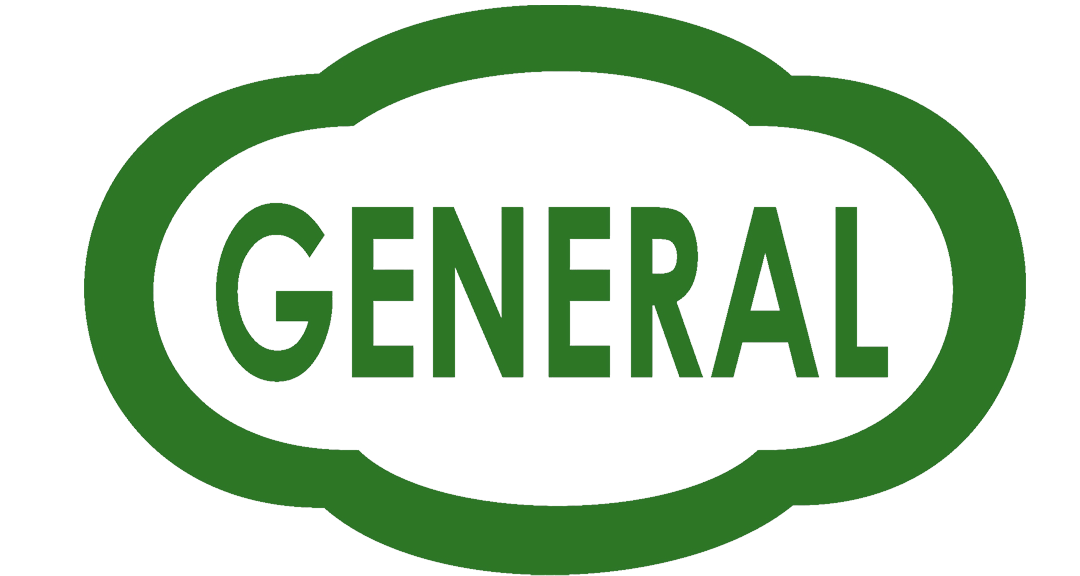What are Valves?
A valve is a mechanical device that blocks a pipe either partially or completely to change the amount of fluid that passes through it. When you turn on a faucet (tap) to brush your teeth, you’re opening a valve that allows pressurized water to escape from a pipe. Similarly, when you flush the toilet, you open two valves: one that allows water to escape to empty the pan and another (called a ball valve or ballcock) that admits more water into the tank ready for the next flush.
Valves regulate gases as well as liquids. If you have a gas cooktop (hob) on your stove, the controls that turn the gas up or down are valves. When you turn up the heat, you’re opening a valve that allows more gas to flow in through the pipe. More gas burns with a bigger flame so you get more heat.
Valves are pretty much guaranteed to be in any machine that use liquids or gases. There’s a valve in your clothes washer that turns the water supply on or off each time the drum rinses out. There are also valves in the cylinders of your car engine, opening and closing several times a second to admit air and fuel and to allow burned exhaust gases to escape.
It’s not just machines that use valves. Your body has some pretty important valves inside your heart that allow it to pump blood to your lungs (where it picks up oxygen) and then around your body.

